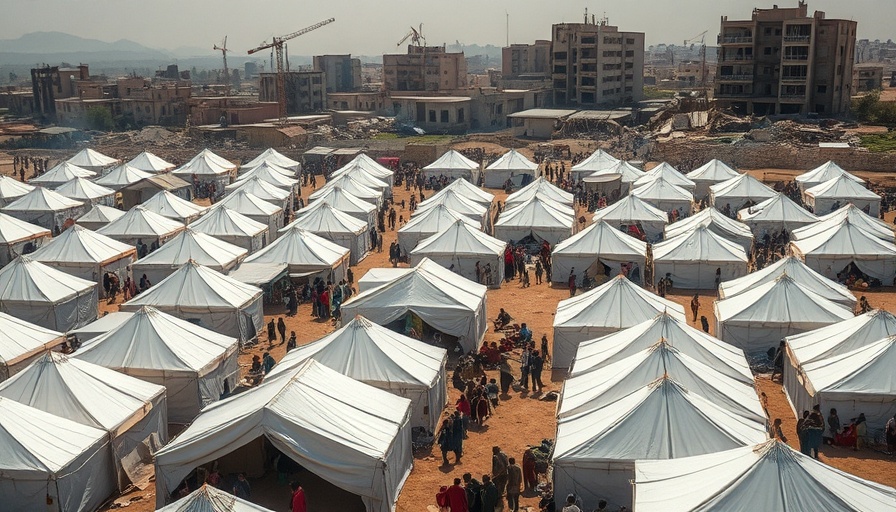
Understanding Israel's New Aid Distribution Plan
In light of ongoing tensions in the Gaza Strip, Israel has initiated a new aid distribution plan aimed at addressing the humanitarian crisis and diminishing Hamas's grip on the region. This plan, which involves logistics centers supervised by the Israel Defense Forces (IDF) and coordinated with international organizations, seeks to facilitate aid delivery directly to the civilian population in Gaza while ensuring compliance with international law.
The Implications of Aid Supervision
By implementing IDF-supervised logistics, Israel aims to reduce Hamas's control over aid distribution. Historically, groups like Hamas have been accused of siphoning off humanitarian aid for their military operations, leaving many civilians in dire need. The new system not only aims to deliver aid more effectively but also to increase transparency in aid distribution, helping to reassure international observers concerned about the humanitarian situation in Gaza.
International Law and Humanitarian Efforts
Israel's move fulfills essential criteria of international humanitarian law, which mandates providing assistance to vulnerable populations. This approach is particularly relevant for global Christian groups and humanitarian organizations advocating for the rights and welfare of the Palestinian people. As the humanitarian crisis persists, the international community watches closely to ensure that aid reaches those who need it most.
Reactions from the Ground
Interestingly, perspectives from Gaza show a mix of skepticism and hope. Many civilians support the initiative, viewing it as a lifeline amidst their struggles. There have even been protests against Hamas, with slogans echoing the demand for greater autonomy from the terrorist group, indicating a grassroots desire for change among the population. This situation presents a pivotal opportunity for interfaith dialogue and greater cohesion among communities seeking peace.
A Broader Context of Change
The situation in Gaza is reflective of broader geopolitical dynamics in the region. Over time, as international entities collaborate with local populations, there may be a shift towards more stable governance structures that prioritize citizen welfare over militant control. Understanding these dynamics can enhance our responses and efforts as advocates and supporters of justice and peace.
Moving Forward: Advocating for Change
For those involved in humanitarian advocacy, being aware of how aid distribution affects the political landscape is crucial. Engaging with these developments provides insights that can drive more effective advocacy strategies and community support initiatives, especially from mission-minded individuals seeking to promote peace and healing.
The new aid distribution plan in Israel serves not only as a method of providing necessary resources but also as a potential turning point in the ongoing conflict. By supporting efforts that prioritize humanitarian needs, we can actively participate in fostering a more peaceful and just future for the region.
 Add Row
Add Row  Add
Add 








 Add Row
Add Row  Add
Add 

Write A Comment